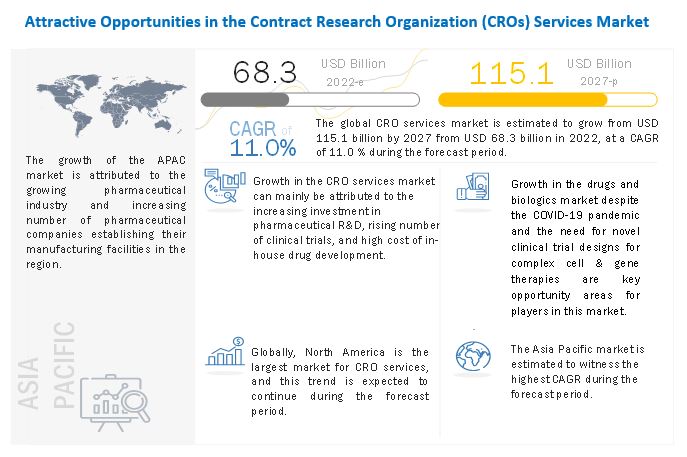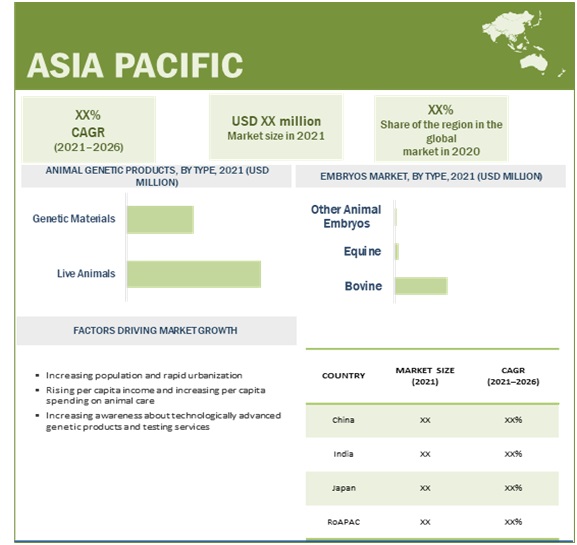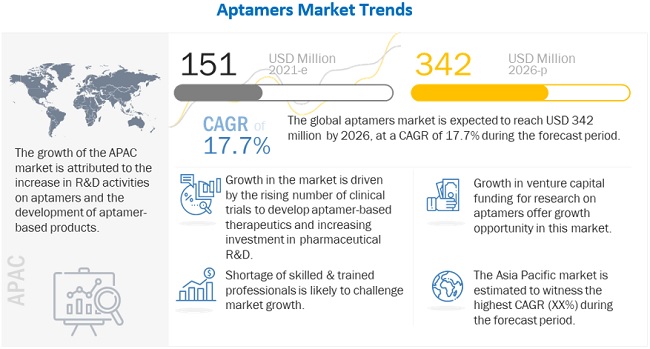The medical gas and equipment market has evolved significantly owing to various technological advancements. Factors such as increasing prevalence of chronic diseases, increasing incidence of respiratory diseases as a result of the high prevalence of tobacco use and rising pollution levels, rapid growth in the geriatric population, rising incidence of preterm births, and growing demand for home healthcare are expected to drive market growth in the coming years. Market expansion in emerging countries across APAC and technological advancements are also expected to present a wide range of opportunities.
Increasing prevalence of chronic diseases:
With changes in lifestyle and eating habits, the number of people suffering from obesity and related disorders across the globe has increased significantly in the last few years. The global prevalence of obesity nearly tripled between 1975 and 2016 According to the WHO, in 2016, more than 1.9 billion adults (18 years and older) were reportedly overweight, globally. Of these, over 650 million were found to be obese. Additionally, in 2016, ~340 million children and adolescents aged 5–19 were found to be overweight/obese across the globe.
Obesity is regarded as one of the major factors responsible for the increasing prevalence of chronic disorders, including heart disorders and diabetes. The WHO has stated that in the last two decades, there has been a significant increase in the prevalence of diabetes, heart diseases, and other non-communicable diseases, globally. According to the American Hospital Association, in 2015, ~149 million individuals in the US suffered from at least one chronic illness, such as hypertension, heart disease, and respiratory diseases. By 2030, this number is expected to reach 171 million. Since medical gases form a critical component of various long-term care treatments for several chronic conditions, including cardiovascular diseases, chronic respiratory diseases, and cancer, the rising prevalence of lifestyle diseases is expected to play a pivotal role in the growth of the medical gases and equipment market in the coming years.
Request Research Sample Pages:
https://www.marketsandmarkets.com/requestsampleNew.asp?id=217979261

Growth Opportunity: Technological advancements;
Technological advancements have provided a growing range of functionality options for various medical gas handling equipment used in hospital care and home care. As opposed to earlier equipment, the latest technologically advanced equipment provides a complementary system of monitoring and therapy delivery, coupled with educational content and communication flow between patients and healthcare providers. In addition, currently, various associated medical gas equipment are gradually being improved to offer a better quality of care. The development of lightweight and portable medical gas handling equipment has emerged as a boon to the growing home healthcare market. Currently, several companies offering medical gas equipment are focusing on developing smaller and portable gas delivery systems that can be carried by patients.
Therapeutic segment will witness the highest growth in the market.
Based on application, the medical gases market is segmented into therapeutics, diagnostics, pharmaceutical manufacturing and research, and others. The therapeutic segment is expected to account for the largest share of the global medical gases and equipment market during the forecast period of 2018 to 2023. The large share of this segment can be attributed to rising incidences of cardiovascular diseases and increasing prevalence of respiratory disorders due to lifestyle changes, rising pollution levels, and growing smoking prevalance.
Download PDF Brochure:
https://www.marketsandmarkets.com/pdfdownloadNew.asp?id=217979261
Geographical View in-detailed:
North America is expected to account for the largest share of the medical equipment market in 2018, followed by Europe and the Asia Pacific. The increasing adoption of technologically advanced medical gases and equipment products, growing ageing population, the high healthcare expenditure, presence of advanced healthcare infrastructure, highly developed healthcare systems in the US and Canada, and the presence of a large number of leading medical gases and equipment manufacturers in the region, are responsible for the large share of the North American medical gas market.
Global Key Leaders:
The prominent players in the medical gas and equipment market include Air Products and Chemicals, Inc. (U.S.), The Linde Group (Germany), Taiyo Nippon Sanso Corp. (Japan), SOL-SpA (Italy), Air Liquide (France), Praxair, Inc. (U.S.), Atlas Copco (Sweden), Messer Group (Germany), and GCE Holding AB (Sweden)
Recent Developments:
– In 2018, Air Liquide acquired EOVE (France) to increase its presence in the home healthcare market. EOVE is a startup company specialized in the manufacturing of ventilators for home-based patients suffering from chronic respiratory failure.
– In 2018, GCE introduced MediVitop, a new One-Knob Cylinder Valve with Integrated Pressure Regulator.
– In 2018, Ceodeux Meditec launched ALPIFLOW, a next-generation flow meter with over ten years lifetime without additional maintenance. The product is attached directly to the Ceodeux Meditec ALPICONNECT or ALPINOX and MINIOX to regulate oxygen-flow from the hospital pipeline system and from portable oxygen cylinders.


















